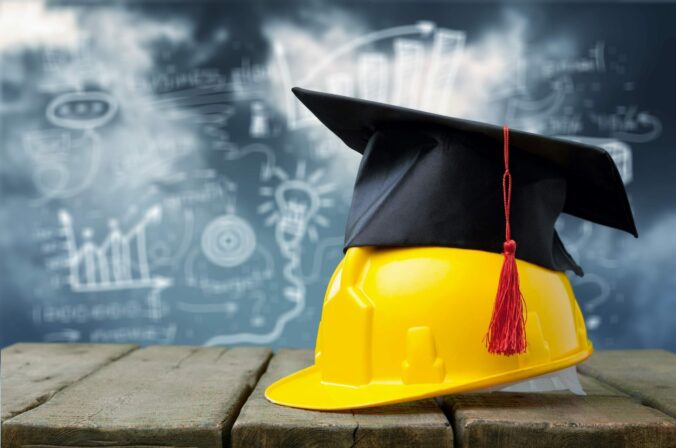The following video is very useful when learning about building materials:
This video does a great job of giving a broad overview of the use of timber, steel, and reinforced concrete in structural engineering.
This video will likely cause the learner to critically think about each of the materials and analyze each of their pros and cons. These will likely be taken down as notes to use with class notes and to aid in assignments and test studying.
An activity that can come after this is a discussion post summarizing the video and giving their thoughts on the contents of the video. Following this, the learners would be prompted to explain which material they would use based on the facts in this video for a new house they are building.
Students would get feedback on their activity by having peers comment and discuss their posts with them. This allows for the linkage of ideas from different students and allows for the expression of different ideas. This would be mostly an online-driven activity, however, it can also be incorporated into the classroom by utilizing classroom discussions about the posts.
Overall, this work would be minimal. Given that the video is only 7 minutes long, it is reasonable to give a quick summary and provide thoughts as a whole. To scale this activity, groups of students could develop a more comprehensive report about the contents together and provide feedback to other groups.
This video is designed well to gain the attention of the viewers by offering face-to-face narration of the contents. However, to improve engagement and understanding, the publisher could improve more animations or visual effects to the pictures/videos within the video to give a better understanding of the topics.



Recent Comments